Do you crave an explosion of flavor that sets your taste buds on a thrilling adventure? If bland just doesn’t cut it and you crave that fiery kick, then this article is for you! We’re embarking on a global culinary journey to explore the top 10 spiciest cuisines in the world. Get ready to encounter dishes that will push your limits, tantalize your senses, and leave you with a lingering warmth (or maybe even a tear or two). So, grab a glass of water (or milk!), crank up the spice tolerance, and let’s dive in!
1. Szechuan Cuisine (China)
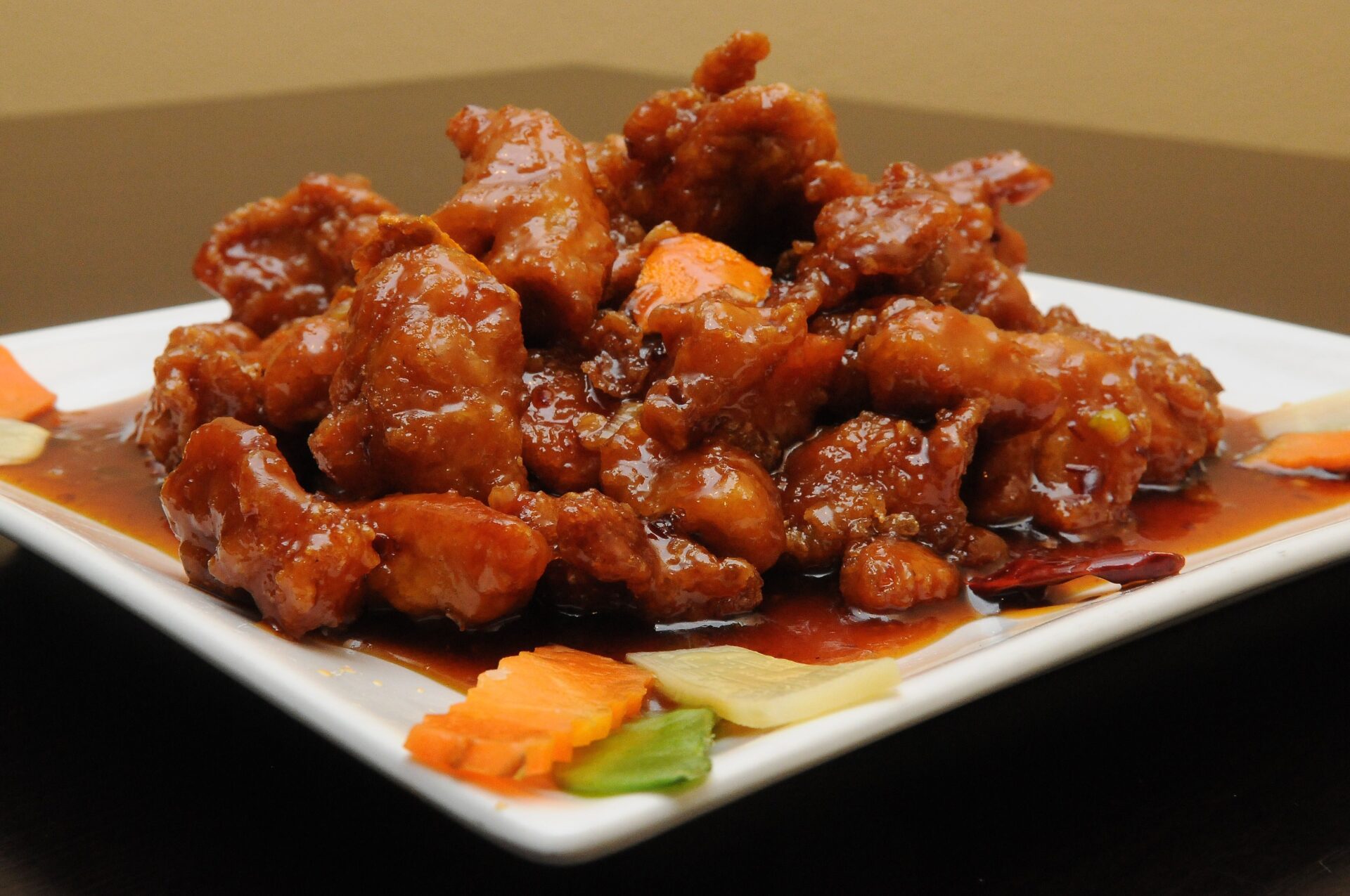
Szechuan cuisine from China takes the concept of “spicy” to a whole new level. The secret weapon? Sichuan peppercorns, which deliver a unique tingling sensation on the tongue, often described as “ma la” – a combination of numbing and spicy. Dishes like Kung Pao Chicken and Sichuan Hot Pot will leave your taste buds buzzing with flavor and a lingering heat. Imagine tiny firecrackers exploding on your tongue – that’s the magic (and potential mayhem) of Sichuan peppercorns!
2. Thai Cuisine
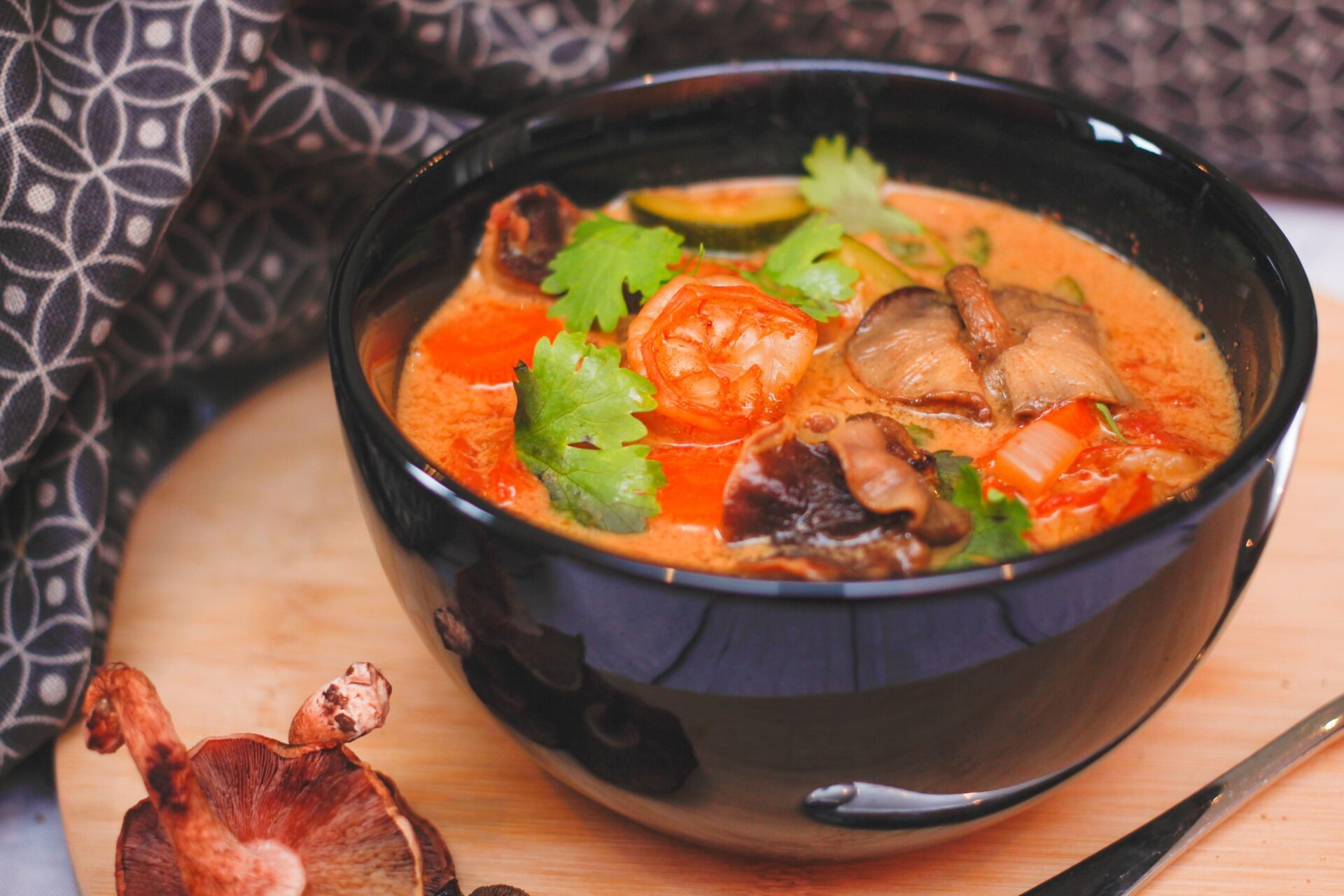
Thai food is a beautiful dance of flavors – sweet, sour, salty, and of course, spicy! Chilies like the infamous bird’s eye chili add a fiery punch to iconic dishes like Tom Yum soup, Pad Thai, and Green Curry. But Thai cuisine isn’t just about heat; it’s a harmonious blend of spices, herbs, and aromatics like lemongrass, galangal, and kaffir lime leaves. Get ready for a flavor explosion that will leave you wanting more, even as your forehead beads with sweat.
3. Korean Cuisine
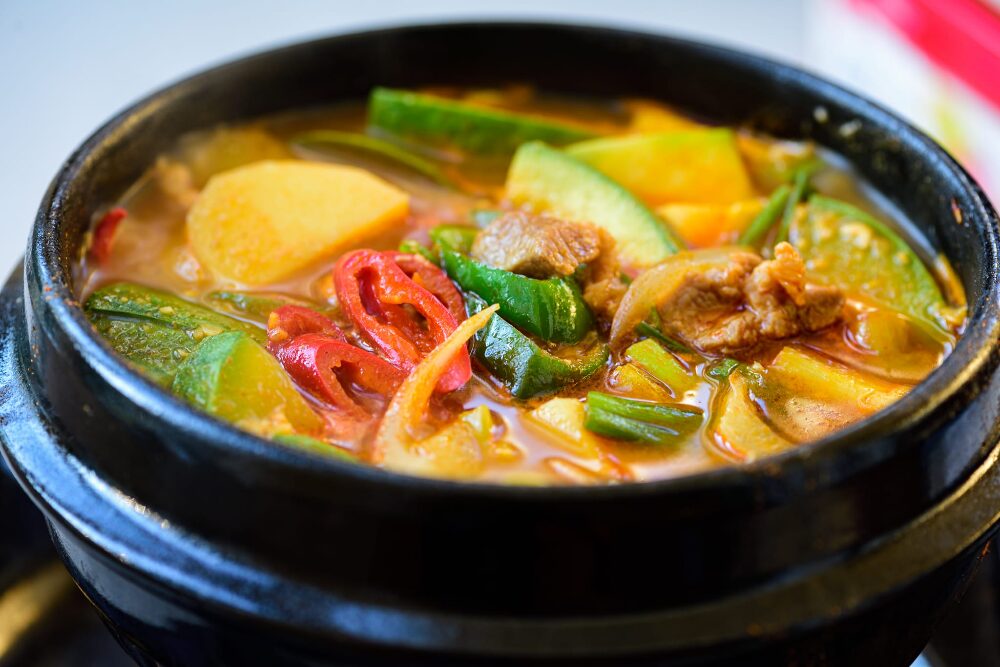
Korean cuisine boasts a vibrant red spice paste called gochujang, a fermented blend of chili peppers, soybeans, and rice. Gochujang adds a complex depth of flavor and heat to Korean staples like Kimchi (spicy fermented cabbage), Bibimbap (mixed rice with vegetables and meat), and Korean BBQ. The kick from gochujang is undeniable, but it’s beautifully balanced by the sweet and savory notes inherent in the paste. Think of it as a flavor rollercoaster with a fiery finish!
4. Indian Cuisine
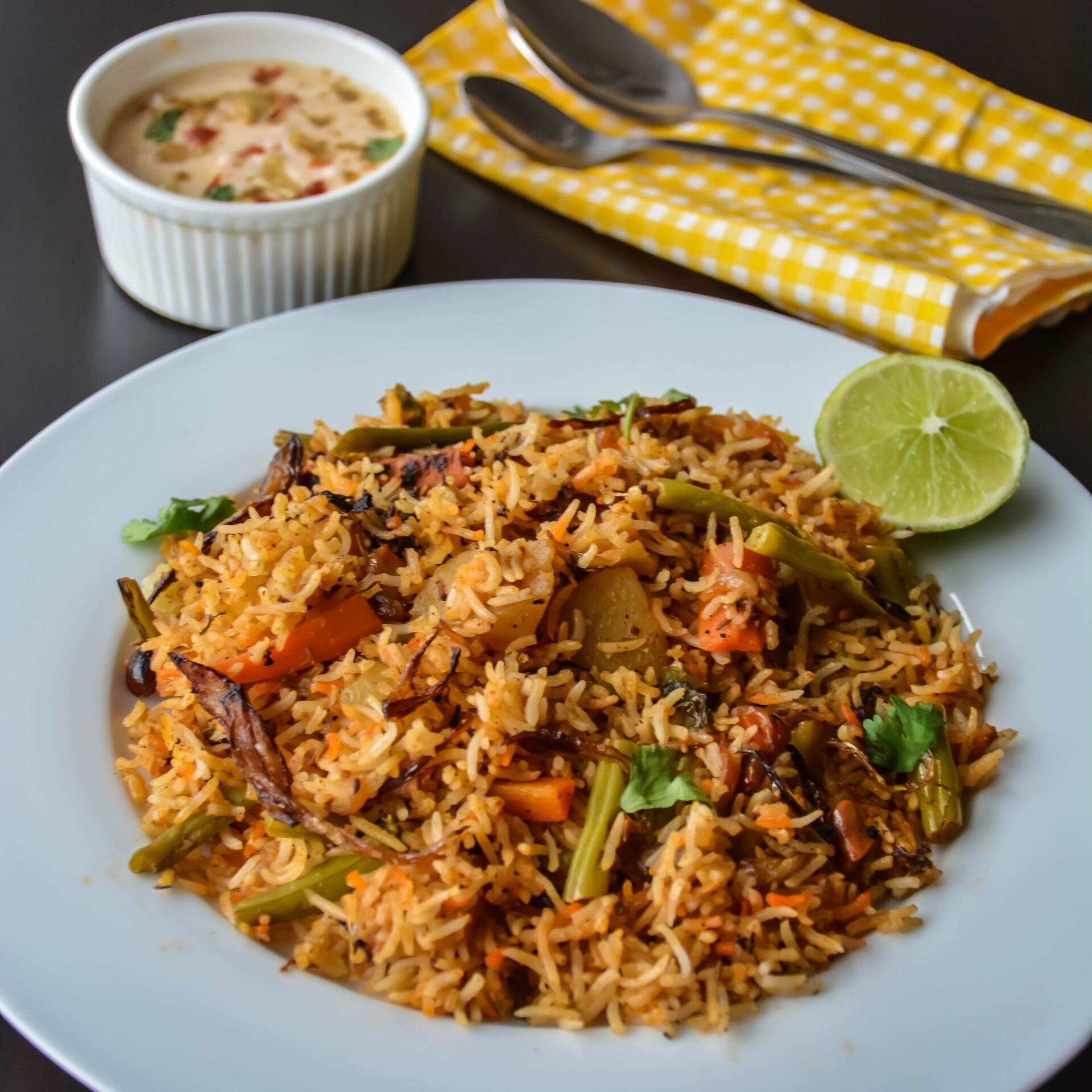
India is a land of diverse flavors, and spice is no exception. Each region boasts its own unique take on heat, from the fiery vindaloo of Goa to the complex spice blends of Kerala. Chilies like cayenne and chilies de árbol add a punch to curries like Rogan Josh and Biryani. Don’t forget the chutneys and pickles alongside your meal – they’ll add another layer of flavor and, of course, some serious heat! Exploring Indian cuisine is like embarking on a spicy adventure across the vast Indian subcontinent.
5. Jamaican Cuisine
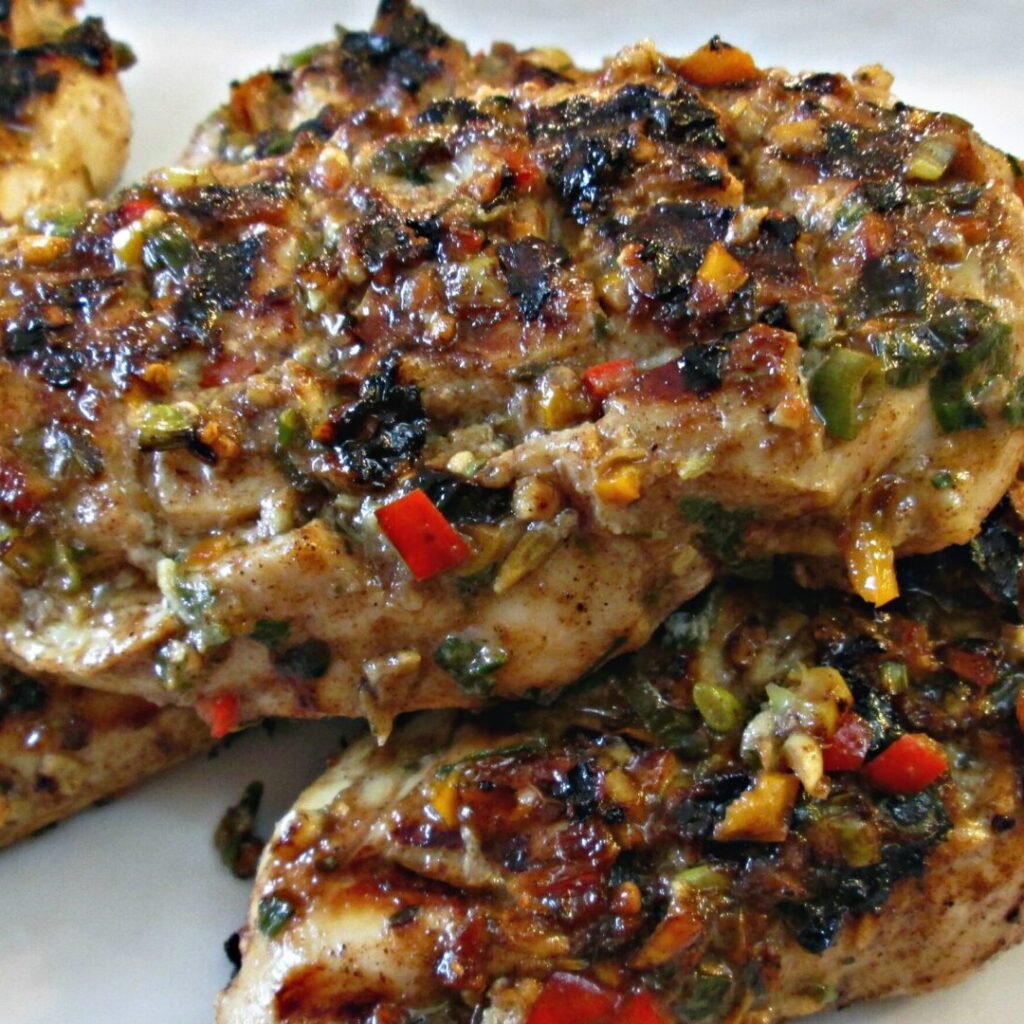
Jerk seasoning is the heart and soul of Jamaican cuisine, adding a smoky, spicy flavor to meats like chicken and pork. Allspice, Scotch bonnet peppers (incredibly hot!), and thyme are some of the key players in this flavorful blend. One bite of Jerk Chicken and you’ll understand why this dish has become a global phenomenon. The smoky aroma and lingering heat will make you crave another bite, even as your taste buds beg for mercy!
6. Ethiopian Cuisine
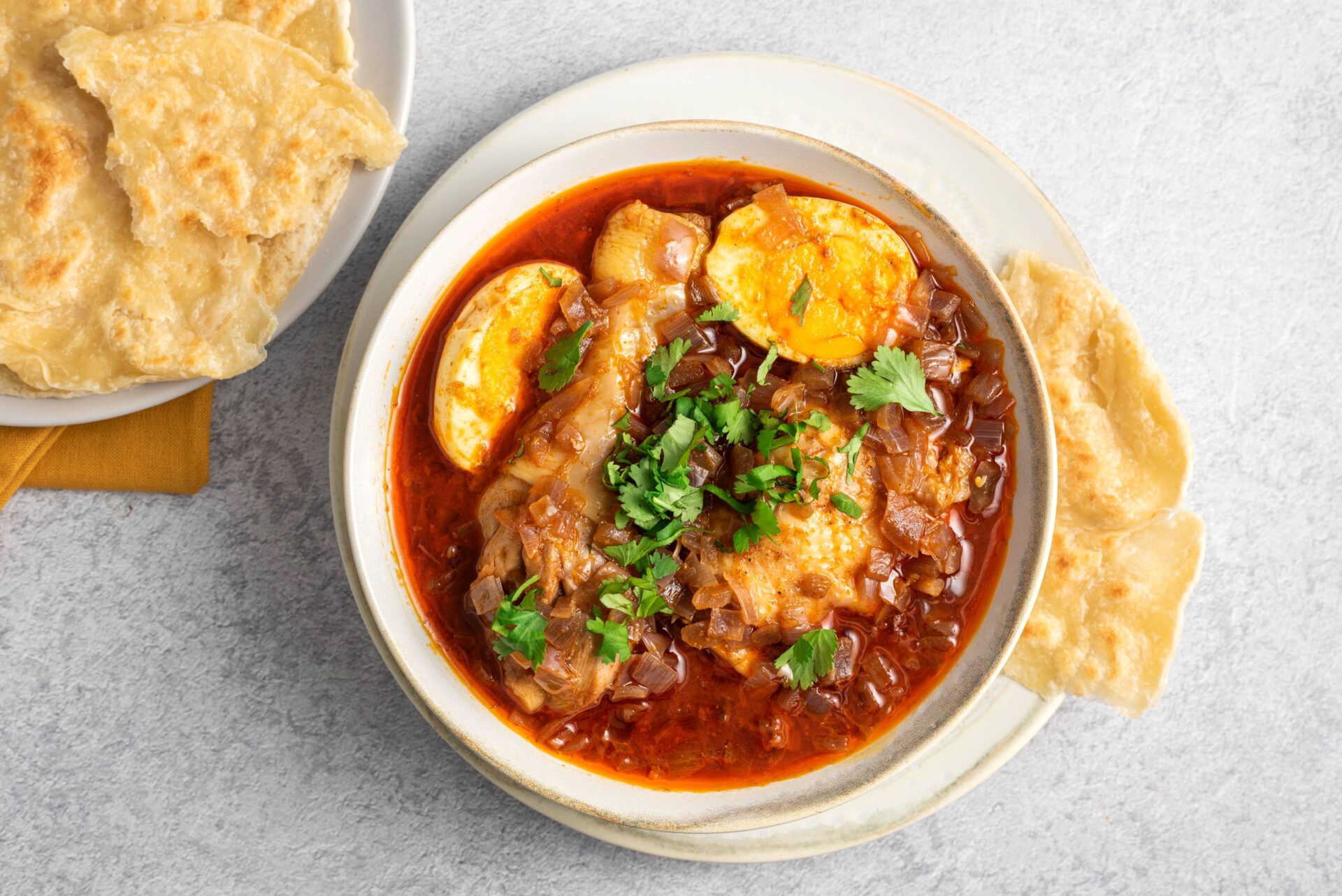
Ethiopian cuisine features a unique spice blend called berbere, a fiery mix of chilies, ginger, garlic, and other spices. This flavorful blend adds a kick to stews like Doro Wat (chicken stew) and injera (a spongy flatbread used for scooping). Don’t underestimate the power of berbere – it packs a punch! Ethiopian cuisine also relies heavily on fermentation, adding another layer of complexity to the already vibrant flavors.
7. Malaysian Cuisine
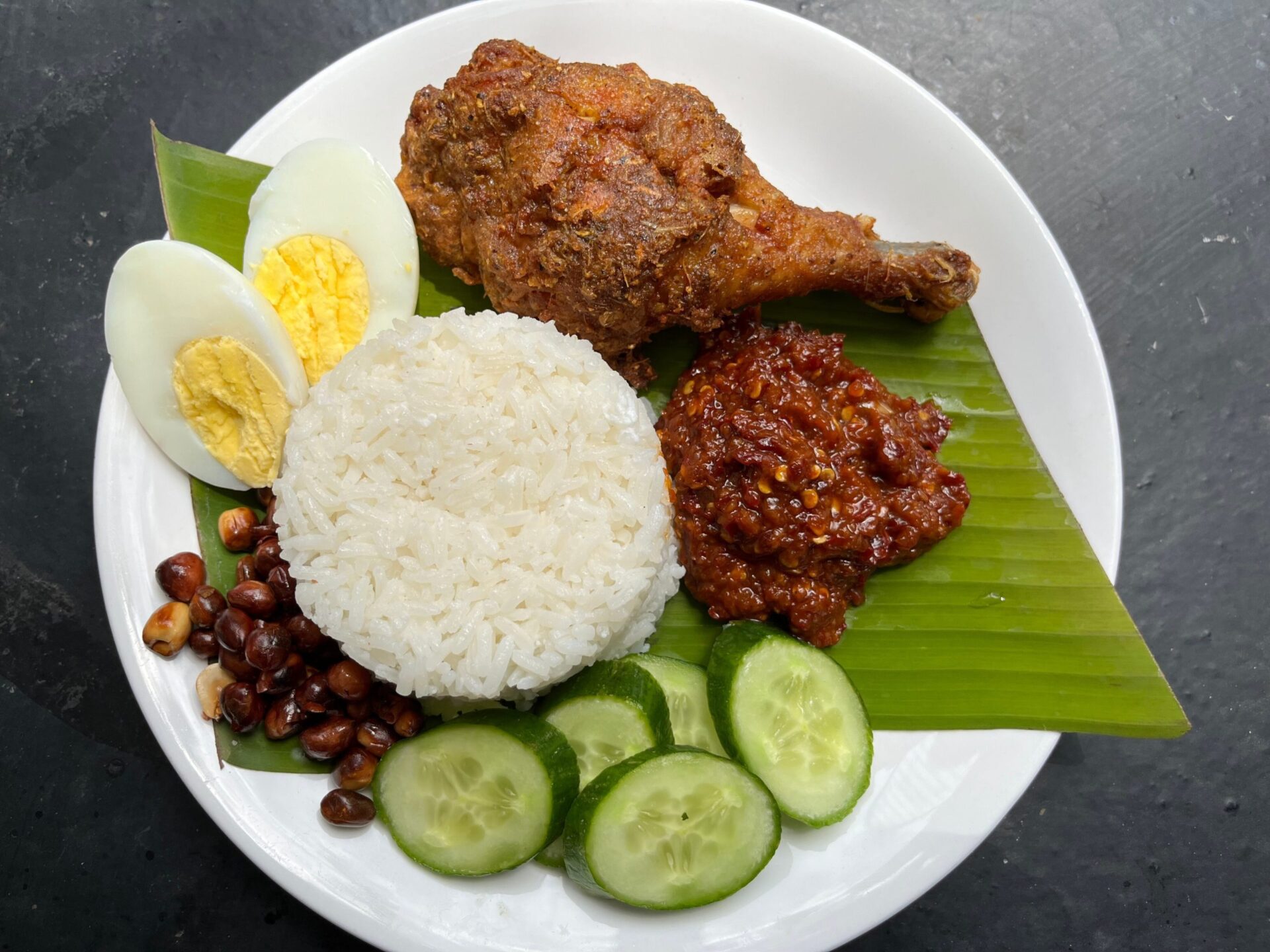
Malaysian cuisine is a delicious fusion of Malay, Chinese, and Indian influences, and spice is a key ingredient. Dishes like Nasi Lemak (coconut milk rice) and Rendang (spicy beef curry) showcase the depth and complexity of Malaysian flavors. Chilies, galangal, lemongrass, and turmeric create a symphony of heat and aroma that will leave you wanting to explore more. Be warned, Malaysian food can be seriously fiery, so tread carefully (or ask for the “less spicy” option!).
8. Mexican Cuisine
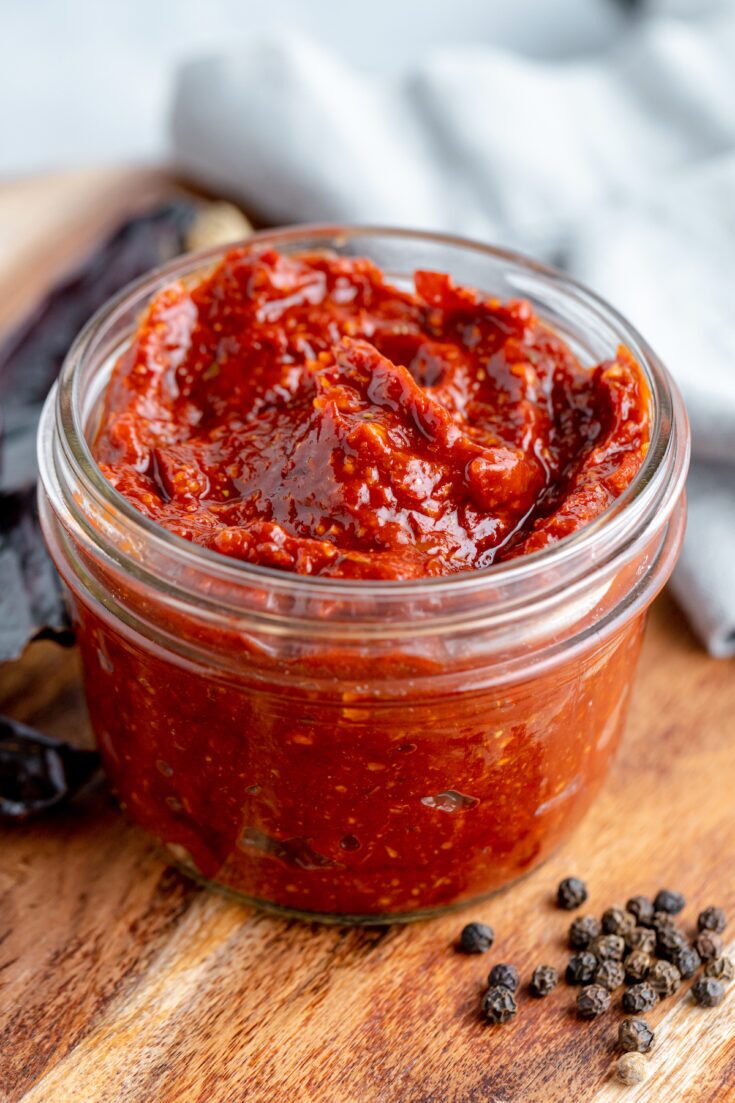
Mexican cuisine is a vibrant celebration of flavor, and chilies are the undisputed stars. From the smoky chipotle peppers in adobo sauce to the fiery habaneros in salsa verde, Mexican food offers a spectrum of heat to tantalize your taste buds. Dishes like Mole Poblano (a rich, complex sauce with chilies and chocolate), Tacos al Pastor (marinated pork with pineapple), and Cochinita Pibil (slow-roasted pork in achiote paste) showcase the versatility of chilies in Mexican cooking. Be prepared for a flavor fiesta where the heat is just one element of the culinary adventure.
9. Bangladeshi Cuisine
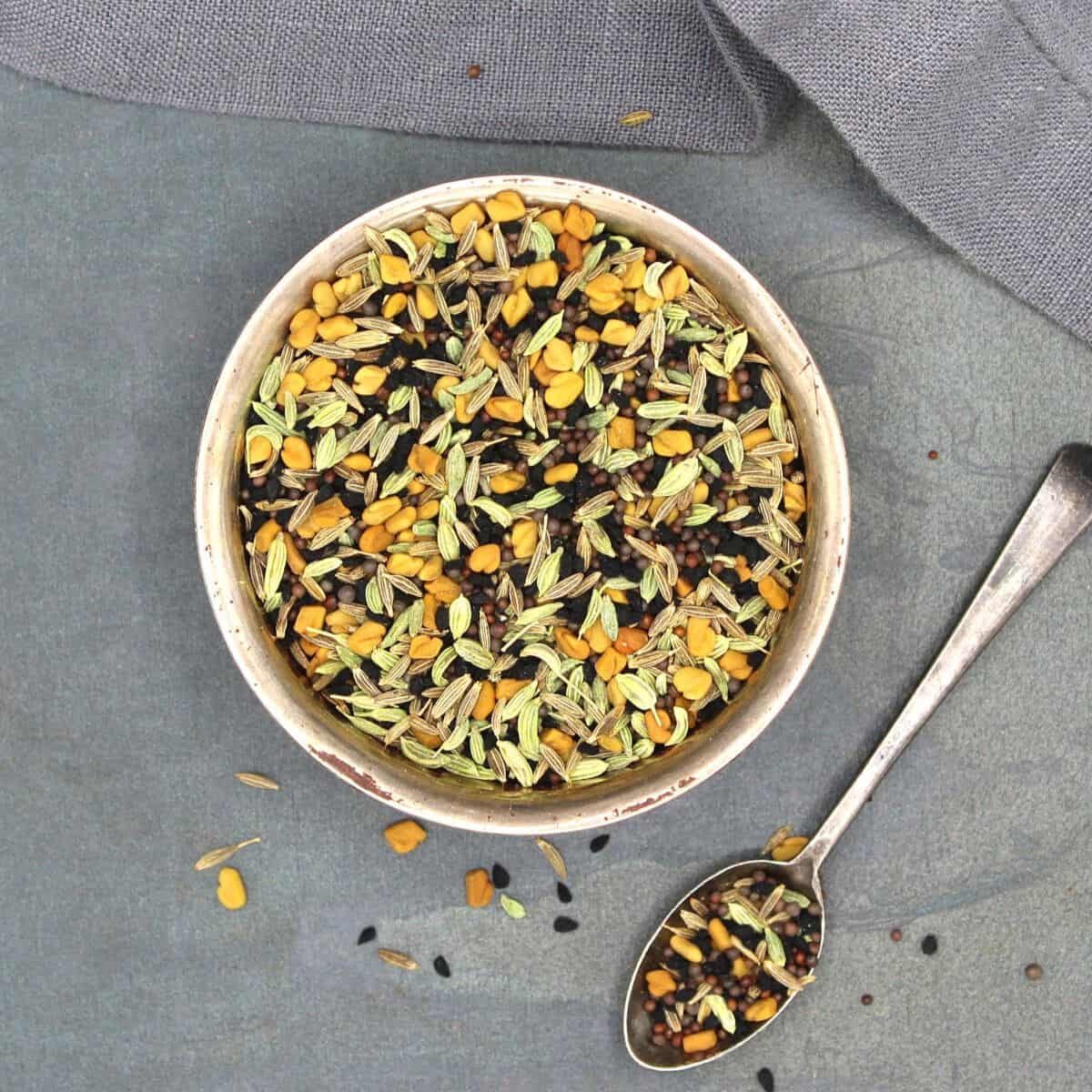
Bangladeshi cuisine boasts a unique five-spice blend called panch phoron, a combination of nigella seeds, fennel seeds, cumin seeds, black mustard seeds, and cloves. This aromatic blend adds a depth of flavor and a subtle warmth to dishes like Shukto (a mixed vegetable curry) and Ilish Machher Paturi (hilsa fish in banana leaf). While not the hottest cuisine on this list, Bangladeshi food offers a distinct and delicious way to experience spice.
10. Sichuan Hot Pot (China)

We return to China for a fiery finale with Sichuan Hot Pot. This interactive dining experience involves simmering a pot of spicy broth at your table and cooking a variety of meats, vegetables, and noodles in it. The broth, often infused with Sichuan peppercorns, chilies, and other spices, can be incredibly hot. Sichuan Hot Pot is a social experience, a culinary adventure where friends and family gather around the bubbling pot, sharing the thrill (and sometimes pain) of fiery flavors.
Conclusion
This list barely scratches the surface of the world’s spiciest cuisines. From the fiery vindaloo of India to the smoky flavors of Jamaican Jerk, each region offers a unique and delicious take on spice. So, if you’re looking to add some heat to your life, embark on a culinary adventure and explore the world’s spiciest cuisines! Just remember, start slow, build your tolerance, and always have a glass of milk (or some cooling raita) close at hand!
You May Also Like….
- The Enchanting Art of Origami: From Ancient Folds to Modern Marvels
- Savor Every Bite: The Transformative Power of Mindful Eating
- Meal prepping for beginners: Saving time and money on healthy meals
Frequently Asked Questions
Q1: I love spicy food, but I can’t handle extreme heat. What are some tips?
- Start slow: Don’t dive headfirst into the hottest dishes! Begin with milder options and gradually increase the spice level as your tolerance builds.
- Ask for adjustments: Most restaurants are happy to adjust the spice level of their dishes. Don’t be afraid to ask for a “less spicy” version.
- Know your ingredients: If you’re particularly sensitive to capsaicin (the compound that makes chilies hot), be aware of the type of chilies used in the dish. Habaneros and ghost peppers pack a serious punch, so proceed with caution!
- Have cooling agents on hand: Keep milk, yogurt, or raita (an Indian yogurt-based condiment) close by to soothe your burning taste buds.
- Listen to your body: If the heat becomes overwhelming, stop eating and take a break.
Q2: Are there any health benefits to eating spicy food?
Studies suggest that consuming chili peppers may have some health benefits, including:
- Boosted metabolism: Capsaicin may help increase metabolism and promote fat burning.
- Pain relief: Capsaicin has mild pain-relieving properties.
- Antioxidant properties: Chili peppers contain antioxidants that may help protect your cells from damage.
Q3: What if I experience stomach discomfort after eating spicy food?
If you experience heartburn or indigestion after eating spicy food, try these remedies:
- Drink milk or yogurt: The dairy fat can help soothe the irritation in your stomach.
- Eat bland foods: Toast, crackers, or rice can help settle your stomach.
- Drink plenty of water: Staying hydrated is essential after consuming spicy food.
- Consider taking an antacid: Over-the-counter antacids can help neutralize stomach acid and relieve discomfort.
Q4: What are some cultural customs to be aware of when eating spicy food around the world?
Respecting local customs is essential when traveling and trying new cuisines. Here are a few things to keep in mind:
- Don’t complain about the heat: If you’re invited to share a spicy meal, it’s considered impolite to complain about the heat level.
- Pace yourself: Spicy food can be filling, so eat slowly and savor the flavors.
- Observe others: Watch how others eat the food and follow their lead.
- Ask for clarification: If you’re unsure about an ingredient, don’t hesitate to ask for clarification.
- Enjoy the experience: Embrace the cultural significance of spice and enjoy the unique flavors of each cuisine.
Q5: Where can I find more information about spicy food and cuisines?
There are many resources available online and in libraries to learn more about the world of spice. Here are a few suggestions:
- Cookbooks: Explore cookbooks specializing in spicy cuisines like Thai, Indian, or Mexican food.
- Food blogs: There are countless food blogs dedicated to exploring spicy cuisines around the world.
- Travel websites: Many travel websites offer guides to specific destinations, including information on local food and spice levels.
- Documentaries: Several documentaries delve into the world of chilies and spicy food cultures.
- Cooking classes: Consider taking a cooking class focused on a specific spicy cuisine to learn techniques and explore flavors firsthand.

